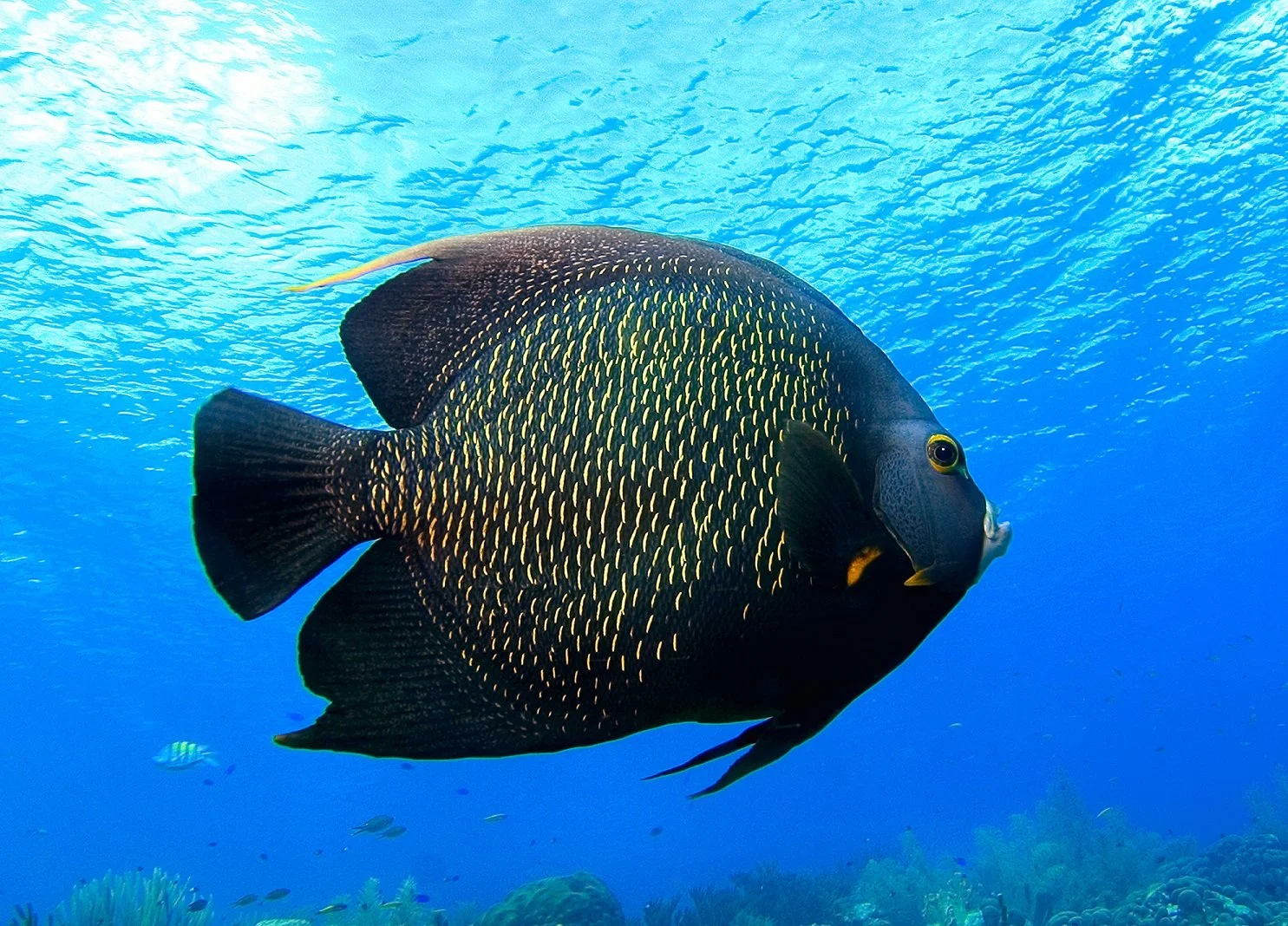 Image 1 of 1
Image 1 of 1


French Angelfish - 10" Sold Out
The French Angelfish is a popular and striking species among angelfish enthusiasts. Its face features a soft dusky-blue color, with yellow and white accents around the eyes. The body is a dark dusky-blue, with yellow edging on the scales, giving it a speckled, dappled look. A yellow marking adds emphasis to the pectoral fin, while the gill cover is rimmed with yellow.
A 250-gallon or larger aquarium is recommended for the French Angelfish, with plenty of live rock for hiding and grazing. This species is not suitable for reef tanks, as it has a tendency to nip at sessile invertebrates such as soft and stony corals, as well as clam mantles, and may exhibit dominance over other tank inhabitants.
Its diet should include Spirulina, marine algae, occasional angelfish-specific foods that contain sponge matter, and mysis or frozen shrimp. Feeding should occur at least three times daily.
Juvenile French Angelfish display distinct juvenile coloration, which shifts as they grow. Small juveniles may still be transitioning to their adult colors, while medium-sized fish are typically sub-adults, and large specimens show full adult coloration.
The French Angelfish is a popular and striking species among angelfish enthusiasts. Its face features a soft dusky-blue color, with yellow and white accents around the eyes. The body is a dark dusky-blue, with yellow edging on the scales, giving it a speckled, dappled look. A yellow marking adds emphasis to the pectoral fin, while the gill cover is rimmed with yellow.
A 250-gallon or larger aquarium is recommended for the French Angelfish, with plenty of live rock for hiding and grazing. This species is not suitable for reef tanks, as it has a tendency to nip at sessile invertebrates such as soft and stony corals, as well as clam mantles, and may exhibit dominance over other tank inhabitants.
Its diet should include Spirulina, marine algae, occasional angelfish-specific foods that contain sponge matter, and mysis or frozen shrimp. Feeding should occur at least three times daily.
Juvenile French Angelfish display distinct juvenile coloration, which shifts as they grow. Small juveniles may still be transitioning to their adult colors, while medium-sized fish are typically sub-adults, and large specimens show full adult coloration.